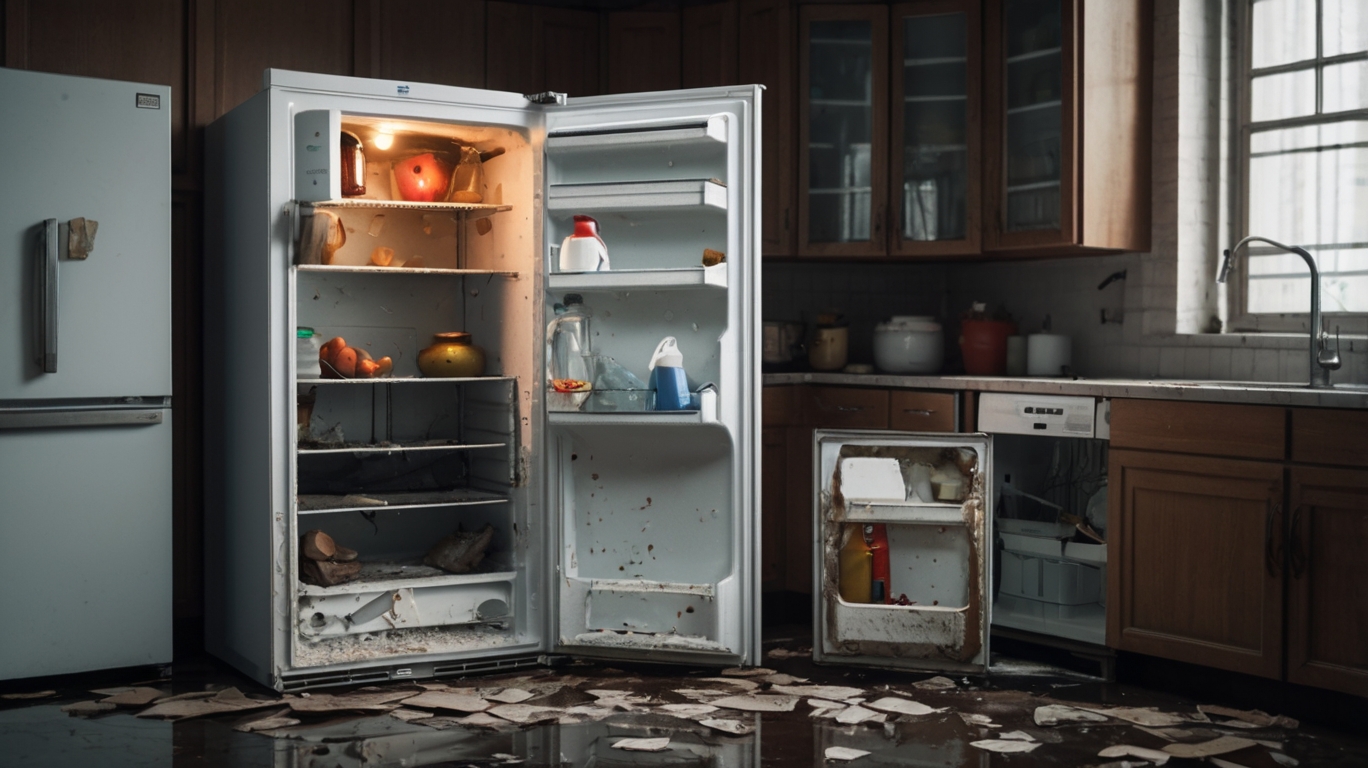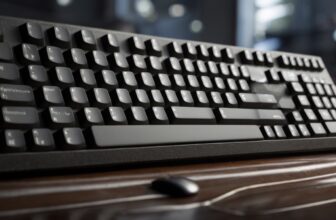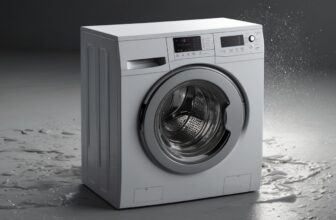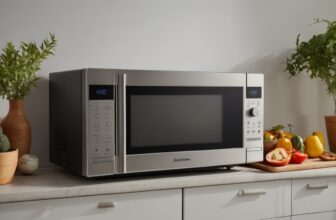Solutions for a Refrigerator that Does Not Cool



Discover effective solutions for a refrigerator that isn’t cooling. Learn how to diagnose and repair common problems with this comprehensive, easy-to-follow guide.
A refrigerator that won’t cool can be a big nuisance. It’s a common problem and can have several causes. This article will guide you through the steps needed to diagnose and fix this problem. Make sure you follow each step carefully and safely.
1. Check the Power Supply
Before you panic, check if the refrigerator is receiving electricity. Here are the steps to follow:
– Check the plug: Make sure the refrigerator is plugged in properly. Sometimes the plug can become loose or accidentally disconnected.
– Check the switch: Check if the refrigerator power switch is in the correct position.
– Check the Circuit Breaker: If the refrigerator is not receiving power, check the circuit breaker panel to make sure it has not tripped. Reset the circuit breaker if necessary.
2. Adjust the thermostat
The refrigerator thermostat may have been accidentally moved to a higher temperature. Make sure it is set to the correct temperature:
– Recommended Temperature: The ideal temperature for the refrigerator compartment is between 2°C and 4°C. For the freezer, it should be at -18°C.
– Adjust Gradually: If the thermostat was not at the correct setting, adjust it gradually and wait several hours to see if the temperature improves.
3. Inspect the Condenser Coils
Condenser coils help dissipate heat from inside the refrigerator. If they are dirty, they can prevent the refrigerator from working properly:
– Coil Location: Condenser coils are usually located at the back or bottom of the refrigerator.
– Cleaning the coils: Turn off and unplug the refrigerator. Use a soft brush or vacuum cleaner to clean the coils. Do this at least once a year to keep the refrigerator in good condition.
4. Check the Condenser Fan
The condenser fan helps cool the condenser coils. If it is not working properly, the refrigerator will not cool properly:
– Fan Location: The condenser fan is usually located near the condenser coils.
– Inspect the fan: Unplug the refrigerator and check to see if the fan is clogged with dirt or debris. Clear any obstructions and make sure the fan blades spin freely.
– Replacing the fan: If the fan is not working, it may need to be replaced. Consult the user manual or find a qualified technician to perform the replacement.
5. Examine the Evaporator Motor
The evaporator motor pushes cold air into the refrigerator. If the motor is not working, the refrigerator will not cool properly:
– Evaporator Motor Location: It is usually located in the freezer compartment.
– Motor Noise: Listen for noise from the evaporator motor. If you hear a humming or grinding noise, the motor may be defective.
– Motor Replacement: If the motor is not working, you will need to replace it. This is a more complex job and may require the help of a professional.
6. Check the Defrost System
A faulty defrost system can cause frost buildup, which prevents the refrigerator from cooling properly:
– Manual Defrost: Turn off the refrigerator and let it defrost for 24 hours. Then turn it back on and check if it starts cooling.
– Defrost thermostat: If frost buildup is a recurring problem, the defrost thermostat may be defective and need replacement.
– Defrost heater: Check to see if the defrost heater is working. If not, it may need to be replaced.
7. Inspect Door Gaskets
Refrigerator door seals are essential to keep cold air in and warm air out. If they are damaged or dirty, they can cause cooling problems:
– Check Joints: Inspect joints for cracks, tears or dirt.
– Cleaning the Joints: Use warm water and soap to clean the joints and remove any residue.
– Replacing the Seals: If the seals are damaged, they will need to be replaced. Please refer to the user manual for specific instructions.
8. Check the Cooling System
The cooling system is the heart of the refrigerator. If there is a problem with the refrigerant, the refrigerator will not be able to cool properly:
– Coolant Leaks: If you suspect a coolant leak, it is best to contact a qualified technician. Handling coolant requires specialized knowledge and tools.
– Compressor: The compressor is responsible for circulating the refrigerant. If the compressor is not working, the refrigerator will not cool. A faulty compressor usually requires professional replacement.
9. Ensure Good Ventilation
The refrigerator needs good airflow to function properly. Make sure there is enough space around the refrigerator:
– Free space: Leave at least 5 cm of space on the sides and back of the refrigerator to ensure good ventilation.
– Proper Location: Do not place the refrigerator near heat sources, such as ovens or radiators, as this may affect its performance.
10. Consult the User Manual
Your refrigerator’s owner’s manual contains valuable maintenance and troubleshooting information specific to your model:
– Specific Instructions: Follow the instructions and recommendations in the manual to solve common problems.
– Technical Support: If you are unable to resolve the problem yourself, the user manual may provide you with contact information for the manufacturer’s technical support.
Conclusion
A refrigerator that won’t cool can be a nuisance, but by following these steps, you can diagnose and fix many common problems. From checking the power supply to cleaning the condenser coils and checking the cooling system, these solutions cover a wide range of possible causes. If after following these steps your refrigerator still won’t cool, it may be necessary to contact a professional technician for a more detailed inspection and advanced repairs.
Keeping your refrigerator in good condition not only ensures that your food stays fresh, but it can also extend the life of the appliance and save you money in the long run.
Post views: 2





